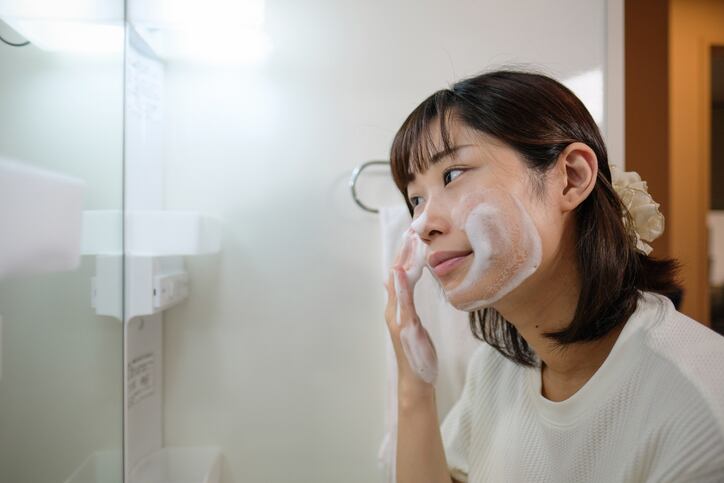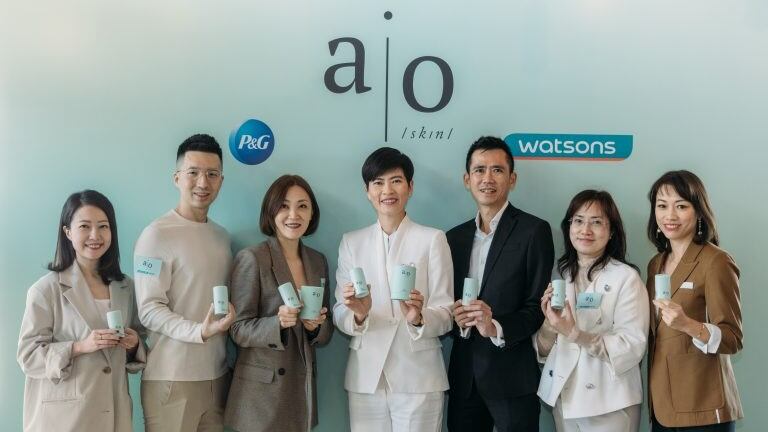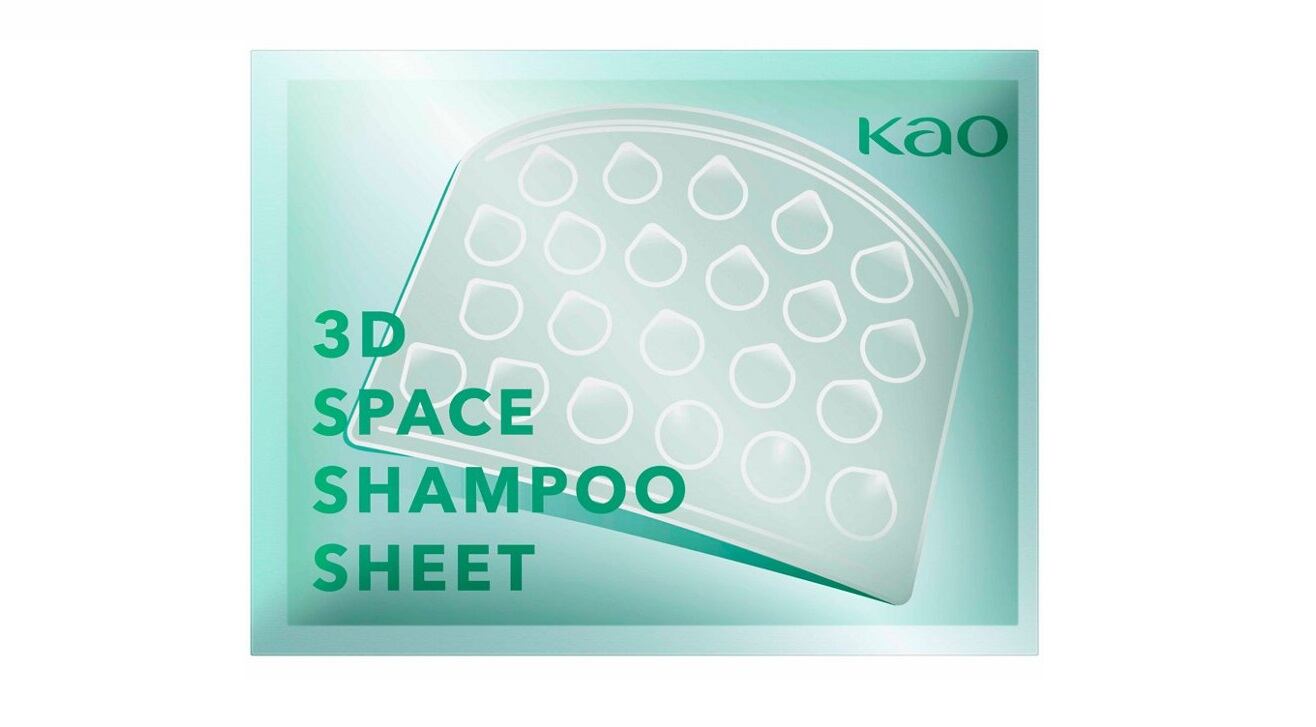In May last year, the Kao Corporation, which produces a range of beauty brands such as Sensai, Kanebo and Kate as well as cosmetics ingredients for industry, unveiled plans to become carbon negative by 2050. Much of this, it said, would be achieved by switching to 100% renewable energy across its entire operations, as well as via a strong focus on raw material usage, water-saving innovations and reduction of plastic packaging.
And this week at in-Cosmetics Global, Junko Ohtani, director of ESG communications at Kao Corporation, outlined how important innovation in packaging, specifically, was in fulfilling the company’s carbon negative goals.
‘This maximising and minimising philosophy, we believe, is key’
“Zero waste, as you can imagine, is one of the biggest challenges and focuses for our customers and consumers,” Ohtani told attendees during her presentation at the Sustainability Corner during the tradeshow, connecting via livestream from Japan.
Innovation in the field of packaging, therefore, was critically important to the future of circular beauty and a circular economy, she said.
“We have two innovations we believe are key to make sure we have a circular society. That is, making sure we reduce what we use in the first place – we call that the innovation and reduction – and then what we do use, we want to make sure we recycle and close that loop back into the product development or back into society. This maximising and minimising philosophy, we believe, is key to creating a zero-waste, circular society.”
Refills, concentrates and eco packs
To achieve this balance, Ohtani said Kao Corporation was focused on reducing, replacing, reusing and recycling its packaging materials and had a dedicated packaging lab to design and develop new concepts.
Today, she said eight out of every ten products produced by the company were refills made with very thin-film packaging, enabling significant overall plastic reductions – as much as 80% compared to rigid bottles. The company had also invested heavily in producing concentrated versions of its products, enabling drastic downsizing of bottles and thus a reduction in overall packaging, she said.
“Compared to a ‘do nothing’ scenario, we’ve been able to reduce more than 75% of our plastic use, which is a huge achievement in the Japanese market, and hopefully we’ll have more opportunities to replicate this type of success outside of Japan in the future.”
However, as Kao worked to expand its circular packaging innovation beyond its domestic market, she said it had to invest in alternative ways to minimise yet maximise materials because refillable beauty was not as common in other world markets yet, though CosmeticsDesign-Europe had tipped this as a key and fast-evolving EMEA trend for 2022.
Beyond refills – experimenting ‘outside of Japan’
One example of a refill alternative, she said, was its smart holders that had been designed for the thin-film packaging or ‘Raku-Raku’ eco pack to simply be clipped in by consumers at homed, eliminating the need to decant or empty them into reusable or durable containers. Another alternative was a thin-film package designed with a nozzle on one end and clip on the other, to hang in the shower and easily squeeze product out of, she said, offering a “different choice” to consumers compared to traditional refill concepts.
Kao had also developed an inflatable two-layered thin-film packaging that was freestanding thanks to air in the outer layer, and therefore functioning much like a rigid bottle, that would be an “excellent opportunity outside of Japan”, she said. In fact, Kao had designed and launched this product specifically for the US beauty market, she added.
“The advantage of film packaging is very obvious, because even in the plastic use per dosage, it’s so small compared to these rigid bottles. And if you concentrate the formulation, you’re using even less,” Ohtani said.
‘Full circularity’ needs a multiple stakeholder approach
However, she said it was important to acknowledge that upscaling thin-film packaging in beauty was not without its challenges, and a successful future relied on collaboration.
“Film packaging can be quite hard to recycle because of its multilayer structure. But for years we’ve been working with communities and NGOs but also very hard in Japan with industry peers like Unilever and P&G to make this work because we know one company alone will not be able to achieve this full circularity for society.
“Hopefully, we’ll be able to continue work on this with multiple stakeholders to achieve a circular society in the future,” she said.



